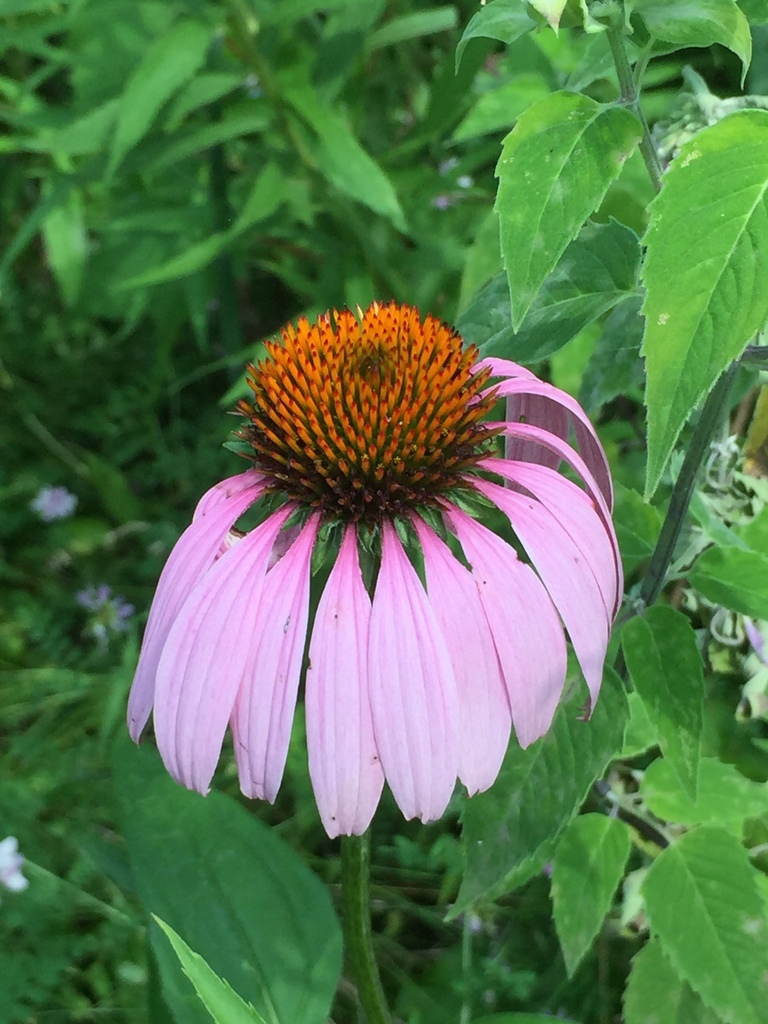Part 2 of a series for Native American Heritage Month
Archeological records reveal the presence of very early residents on what is now Oliver’s Woods. Thanks to the Indiana Historical Society, we know that around 1060 AD, Late Woodland people lived at the site. (“Woodland” is the name archeologists use to classify a period of North American pre-Columbian cultures from roughly 1000 BCE to European contact in eastern North America.)
This discovery predates the land trust’s involvement with the property. In 1959, according to the Indiana Historical Society, American Aggregates Corporation was contracted to remove gravel at the site. The site had been on the radar of Indiana archaeologists since the 1930s. So the IHS requested to salvage artifacts before the gravel was mined.
Amazingly, the contractors halted operations and did not resume until 1965, allowing over half a decade for the archeological exploration.

The Bowen site, as it was known then, lay on the north bank of the White River’s west fork. The dig revealed evidence of a settlement about 100 yards away from the river’s edge. Pottery analysis indicated that the site was occupied by people with mixed cultural characteristics of Late Woodland and other late prehistoric peoples. Most likely they were seasonal occupants of the land, feeding themselves by growing maize, fishing, musseling, hunting, and foraging.
While the site was disturbed by 100 years of plowing, the archeologists salvaged tools made of bone, stone, and antler. Artifacts made of mussel shell, burned clay, and copper also provided hints of what life was like here in the 11th century.
Tree species that predominated mirrored those of today’s floodplain forest: silver maple, sycamore, American elm, cottonwood, hackberry, cork elm, box elder, black willow, white ash, and red elm. The understory featured small trees like hawthorn and hop hornbeam, as well as shrubs like elderberry, spicebush, wahoo, and pawpaw.
Animal remains found on the site included species one might expect: an abundance of deer and turkey, as well as many raccoons, squirrels, mice, and woodchucks. A small number of box turtles and snapping turtles were present. Intriguingly, 32 dogs were among the remains.
The site also revealed evidence of mammals no longer found in the region—17 elks, six black bears, four gray wolves, and even one mountain lion—and of birds that have gone extinct (three passenger pigeons).
The researchers suspect that the site was the seasonal home for 50 people for three to five years, or perhaps 100 over a generation, around the year 1060 AD.
There was no evidence of house structures, but the dig revealed refuse pits, burned areas, and several burials. In fact, the archeological team discovered and studied nearly 40 human remains.
It can be disturbing to look at the past through the lens of the present, knowing that academic researchers were unearthing and analyzing human bones from the land that is now Oliver’s Woods. This is also part of the history of the property, and Native American Heritage Month prompts us to honor and recognize these early dwellers.
We hope to keep broadening our understanding of the original people whose lives were bound up in these places, and to honor them along the way.
More about the Bowen site can be found here, including a photograph of reconstructed pottery.

Shawndra Miller
Communications Director



